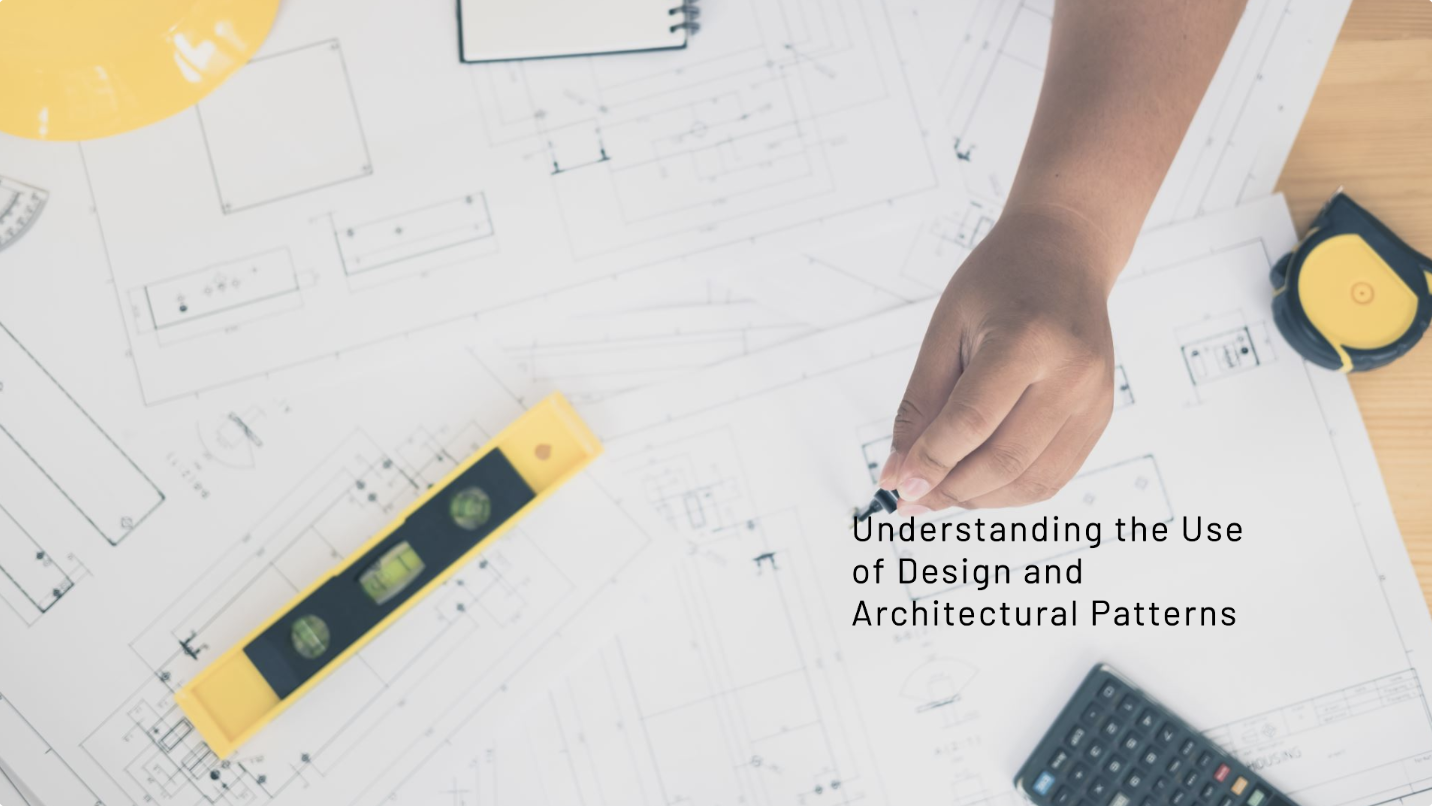
It's not possible to cover all design patterns in a single project because they can't be forced into use. However, in almost any project, you’ll find that about 20-30% of design patterns are already present naturally. My goal is to give you a clear understanding of how design and architectural patterns are actually used in real-world projects.
Design patterns represent thought processes that can’t be fully captured through sample code, presentations, or UML diagrams alone. Online, many explanations use UML diagrams or examples like cars, trees, or rivers, which often feel abstract and disconnected. To truly understand design patterns, we need to work on real projects and experience them in action. It’s essential to grasp when and why each pattern should be applied. The best way to learn design patterns is by building projects where they’re put into practice.
One common myth about design patterns is the idea that a good architecture requires implementing as many patterns as possible. Some developers feel compelled to "add a Factory pattern here" or "use Singleton there," as if design patterns must be forced into every project.
The truth is that design patterns should emerge naturally, driven by the project’s specific needs and scenarios. Forcing patterns can overcomplicate the architecture and make the code less readable. Design patterns are meant to solve particular problems, not to check off a list. It’s a harmful misconception to believe that a successful project must implement every possible design pattern. Instead, focus on using patterns only where they genuinely add value.
Understanding the difference between design patterns, architecture patterns, and architecture styles is essential, as they may seem similar but serve distinct roles.
Design Patterns operate at the code level. When we talk about a design pattern, like the Factory pattern, it’s about specific logic or pseudo-code that solves a particular problem within the codebase.
Architecture Patterns, on the other hand, are at the system structure level. They involve high-level block diagrams that outline the roles and responsibilities of different components within the system. For instance, Model-View-Controller (MVC) is an architecture pattern where we illustrate the relationships between the controller, model, and view components, providing a 30,000-foot view of the system.
Architecture Styles are even broader and focus on principles, often defined in a single line. For example, REST is an architectural style that adheres to HTTP protocol principles.
In short, design patterns operate at the code level, architecture patterns give a high-level component overview, and architecture styles provide guiding principles for the system’s overall design approach.
I'm constantly delighted to receive feedback. Whether you spot an error, have a suggestion for improvement, or just want to share your thoughts, please don't hesitate to comment/reach out. I truly value connecting with readers!